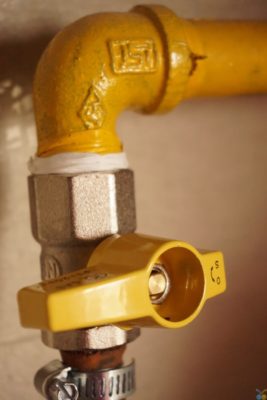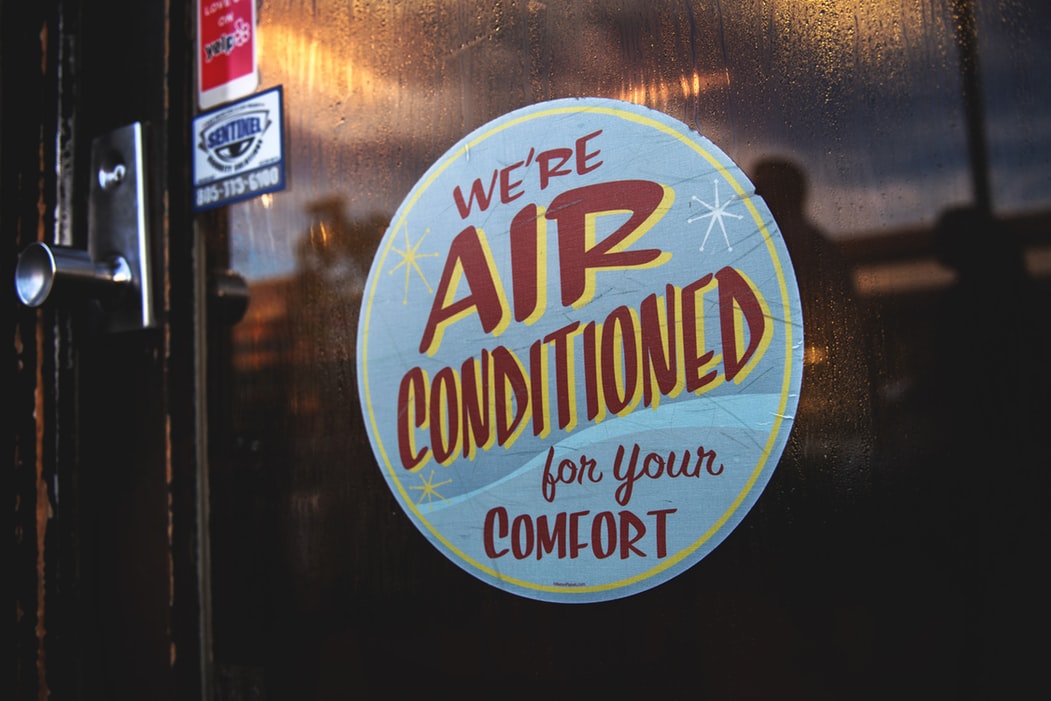Tips
What Is The Basic Refrigeration Cycle?
One very important part of all HVAC systems is the basic refrigeration cycle. It contains four major components: the compressor, condenser, expansion device, and evaporator. The system pipes refrigerant through these four components in a loop, giving the cycle its name and keeping your home cool!
The Four Steps Of Refrigeration
 The refrigerant in your system starts as vapour in the first component of the cycle, the compressor. This part is “the engine” of refrigeration, not just because it keeps everything going, but also because out of all the HVAC components, it uses the most energy. The compressor forces the refrigerant through the system, squeezing the cool refrigerant and turning it into a very hot, high-pressure vapour.
The refrigerant in your system starts as vapour in the first component of the cycle, the compressor. This part is “the engine” of refrigeration, not just because it keeps everything going, but also because out of all the HVAC components, it uses the most energy. The compressor forces the refrigerant through the system, squeezing the cool refrigerant and turning it into a very hot, high-pressure vapour.
This vapour moves to the next component, the condenser. The condenser contains a series of coils, and warm outdoor air blows across them to cool the much hotter vaporized refrigerant. The heat transfers from the refrigerant to the cooler outdoor air, releasing the excess energy into the atmosphere and condensing the refrigerant in the coils.
The refrigerant goes through the condenser in coils to maximize the surface area and allow more heat to transfer outside. The combination of high pressure and reduced temperature means the refrigerant turns from a vapour into a hot liquid.
Now that it’s a hot liquid, the refrigerant moves to the expansion device. from which it will leave colder. This is because the expansion device reduces the pressure of the refrigerant so that it can evaporate in the next step. The expansion device drops the pressure to turn the refrigerant into a combination of a cold liquid and vapour, which slowly releases it through a valve and into the next stage.
Now that the refrigerant is a cold mix of liquid and vapour, it flows to the evaporator. It cools the air by evaporating the refrigerant flowing through it. Warm air draws across the evaporator as cold refrigerant moves through the coils. This transfers the heat to the refrigerant, cooling the air that will then circulate throughout your home or business.
Like the condenser, the evaporator uses a coil to get the most surface area, allowing for better heat transfer from the refrigerant to the air. The low-pressure liquid refrigerant cools the warm air blown across it through heat transfer and heads back to the compressor. The cycle is ready to begin again!
How Does The Refrigeration Cycle Work?
 The refrigeration cycle runs on the principles of thermodynamics, which have more influence over our lives than you might think! Much of the energy used by your HVAC system is for turning the refrigerant from a liquid into a gas and back again.
The refrigeration cycle runs on the principles of thermodynamics, which have more influence over our lives than you might think! Much of the energy used by your HVAC system is for turning the refrigerant from a liquid into a gas and back again.
One property that defines the refrigerant cycle is the first law of thermodynamics: energy can neither be created nor destroyed. It can only be transferred, so when an air conditioner or refrigerator is cooling a space, don’t think of it as adding cold air into your home. Rather, the process is removing the heat and rejecting it outside!
Another great example of science in the HVAC system is the expansion device. This component lowers the pressure of the refrigerant to cool it down rather than using contrasting temperatures. Pressure and temperature have a direct relationship in closed systems, and by lowering the refrigerant’s pressure, the HVAC system changes its temperature at a rate that works for the evaporator. This makes the refrigeration cycle easier to manage!

